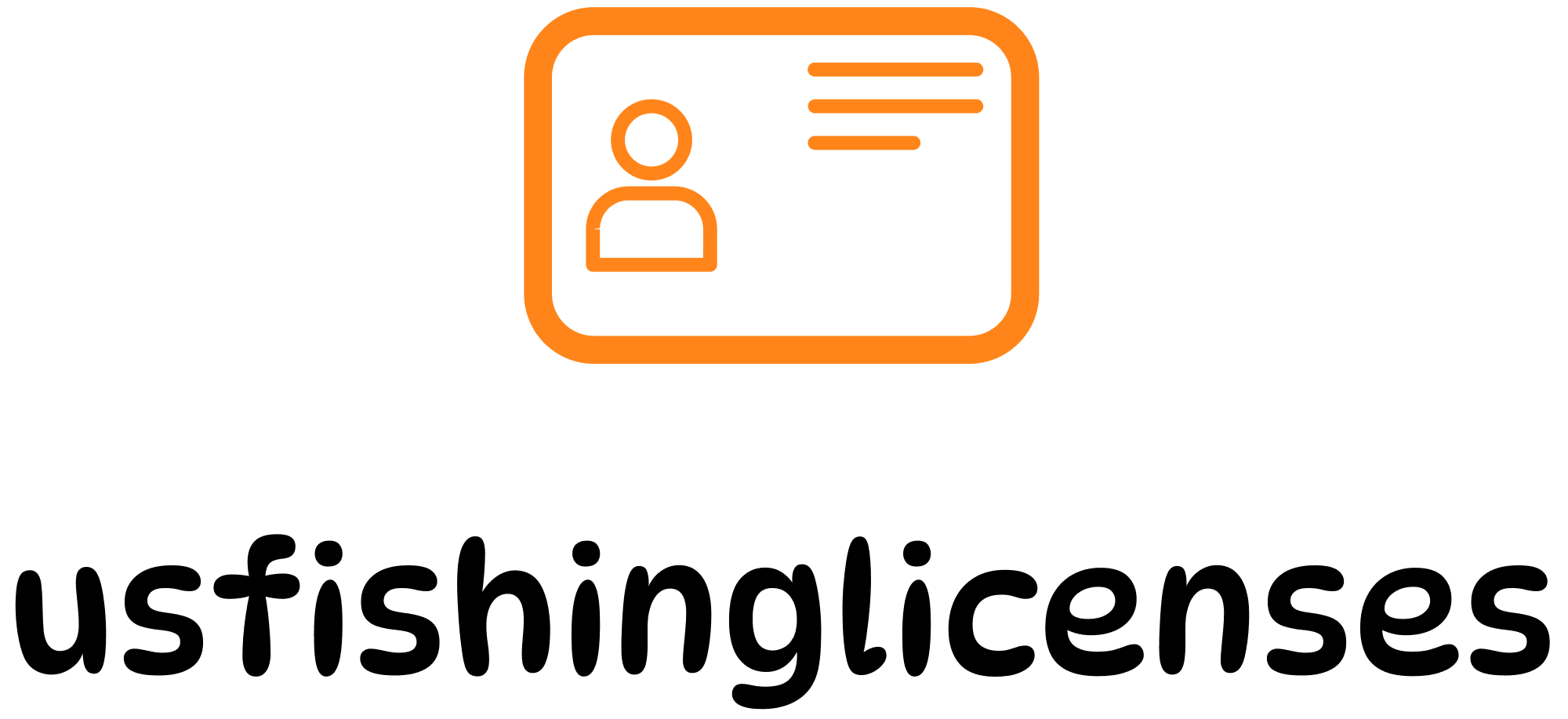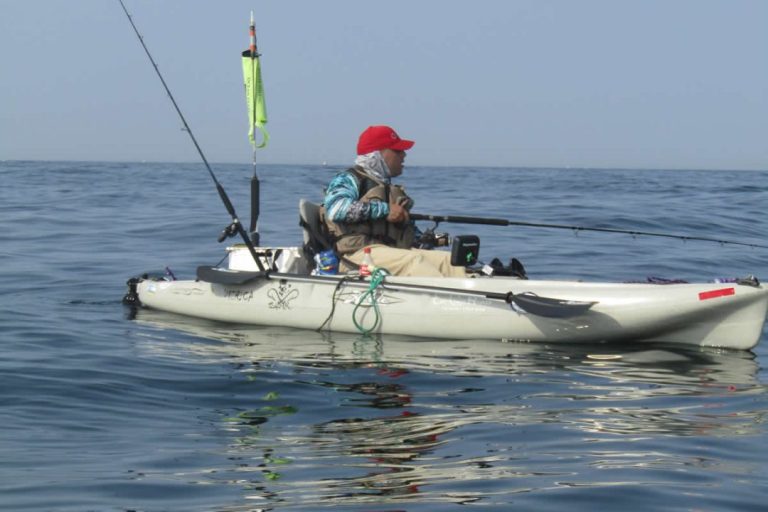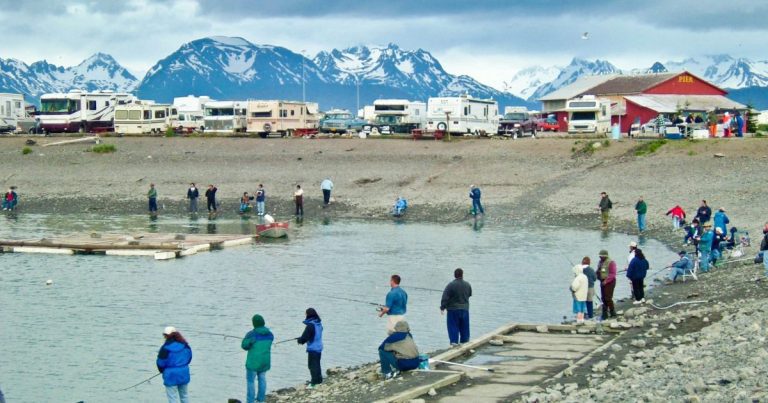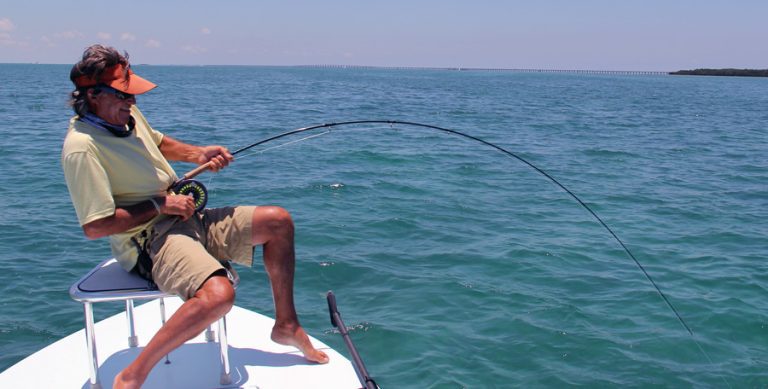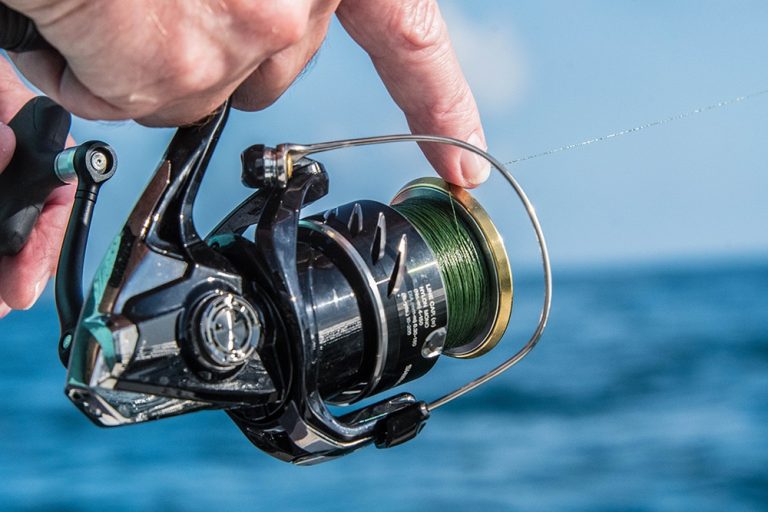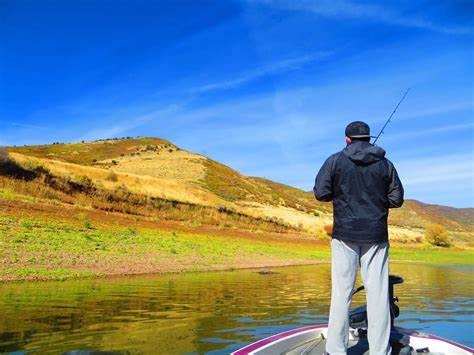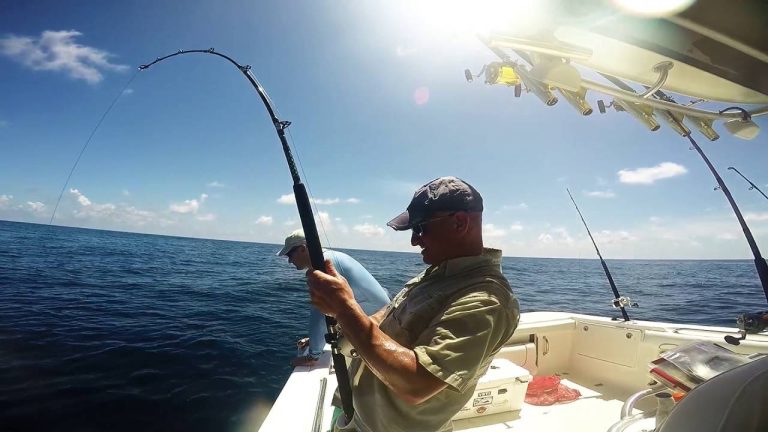The transition from paper fishing licenses to digital alternatives represents one of the most significant shifts in recreational fishing administration across the United States. For anglers who fish in multiple states, understanding the varying requirements and legal status of electronic licenses has become essential knowledge. This comprehensive guide breaks down exactly which states accept digital fishing licenses, how these digital credentials must be displayed, and what backup options are recommended for compliance with local regulations.
National Overview: Digital License Adoption Status
The acceptance of electronic fishing licenses varies dramatically across the United States, with some states fully embracing digital options while others maintain strict paper-only requirements. This inconsistency creates confusion for anglers who fish across state lines.
Digital license adoption falls into three main categories:
- Full Digital Adoption: States that treat electronic licenses as legally equivalent to physical copies
- Hybrid Systems: States requiring specific physical components (like stamps or tags) alongside digital licenses
- Paper-Required States: Jurisdictions that still mandate physical licenses regardless of purchase method
The following map-based breakdown shows where each state currently stands in 2025:
Digital License Acceptance by Region
Western States have generally led digital adoption, with California, Oregon, and Washington all offering robust mobile options through their respective fish and wildlife department apps. All three states accept screenshots or downloaded PDFs of licenses during enforcement checks, though California still requires physical harvest tags for certain species.
Midwestern States show mixed adoption rates. Minnesota recently launched its comprehensive mobile licensing program in March 2025, allowing offline validation capabilities that work even in remote fishing locations. Meanwhile, Wisconsin’s fishing regulations still require paper printouts despite online purchase options.
Southern States have embraced technology with Texas Parks and Wildlife Department (TPWD) offering one of the nation’s most advanced mobile license systems via their Outdoor Annual App, providing full digital parity except for federally mandated waterfowl stamps. Florida’s fishing license system similarly offers robust digital options for both freshwater and saltwater fishing.
Northeastern States have been slower to adopt fully digital systems, with many still requiring printed copies even when purchased online. Pennsylvania’s fishing license regulations exemplify this hybrid approach.
State-by-State Digital License Requirements Comparison
The following table provides a detailed comparison of electronic fishing license requirements across major fishing states:
| State | Digital License Status | Display Method | Offline Access | Special Requirements |
|---|---|---|---|---|
| Texas | Full equivalence | TPWD Outdoor Annual App | Yes | Physical federal duck stamp required |
| Florida | Full equivalence | FWC App or PDF | Yes | Electronic saltwater permits integrated |
| Minnesota | Full implementation (2025) | DNR mobile app | Yes | Digital walleye tags available |
| California | Partial | CDFW app or PDF | Limited | Physical tags for sturgeon, salmon |
| Pennsylvania | Partial | PDF only | No | Must print receipt until physical arrives |
| Michigan | Full equivalence | Michigan DNR app | Yes | Electronic display for all species |
| Alaska | Limited | PDF only | No | Non-residents must carry physical copy |
| Washington | Full equivalence | WDFW Mobile App | Limited | Electronic catch reporting required |
| New York | Partial | DEC HuntFishNY app | Limited | Screenshot acceptable with ID |
| Colorado | Full equivalence | CPW Fishing app | Yes | Digital validation available |
Legal Recognition & Compliance Details
The legal standing of electronic fishing licenses varies significantly between states, affecting how anglers must prepare before heading to the water. Understanding these differences is crucial for maintaining compliance during conservation officer checks.
Full Digital Equivalence States
States with full digital equivalence treat electronic licenses identically to their physical counterparts under law. In Texas, the legislature amended regulations in 2023 to explicitly recognize digital licenses as legally valid, allowing anglers to simply display their smartphone during checks. Similarly, the Michigan Department of Natural Resources has established comprehensive protocols for digital license verification that include secure QR codes that change color when tapped to prevent falsification.
Partially Digital States
Partially digital states accept electronic license displays but maintain specific physical requirements for certain situations. California’s fishing regulations specify that while basic fishing licenses can be displayed digitally, physical tags remain mandatory for species with strict harvest limits like sturgeon, salmon, and steelhead. These tags must be immediately filled out upon catch and physically attached to the fish.
Pennsylvania follows a similar hybrid model, where digital receipts serve as temporary proof of purchase until the physical license arrives, but this interim period is legally limited to 14 days. Anglers in Pennsylvania should be aware that after this grace period, the physical license becomes the only legally valid form.
Paper-Required States
Some states still mandate physical licenses regardless of purchase method. In Alabama, for example, anglers must print their license immediately after online purchase or obtain a hard copy from a license vendor. These requirements often stem from state laws that haven’t been updated to accommodate technological advances in licensing.
Technical Requirements for Digital Licenses
The technical requirements for displaying electronic fishing licenses vary significantly across states, creating potential confusion for multi-state anglers.
State-Specific App Requirements
Many states have developed proprietary mobile applications that serve as the only officially recognized method for digital license display:
- Texas Parks and Wildlife Department requires the use of their Outdoor Annual App, which stores licenses locally for access without cell service
- Minnesota DNR launched their new mobile app in 2025 with advanced features like offline validation and integrated digital walleye tagging
- Washington Department of Fish and Wildlife mandates their WDFW Mobile App for both license display and mandatory electronic harvest reporting for species like Dungeness crab
These state-specific apps often include additional features beyond license display, such as regulation updates, fishing reports, and catch logging capabilities.
Alternative Digital Display Methods
Some states accept multiple forms of digital display, providing greater flexibility for anglers:
- Screenshot acceptance: Florida, Michigan, and Colorado explicitly allow screenshots of licenses during enforcement checks
- Email display: New York permits showing the license confirmation email during inspections when accompanied by photo identification
- PDF storage: California accepts PDF versions stored in any document app on a mobile device
The Colorado Parks and Wildlife website specifically notes that “electronic versions of fishing licenses may be displayed on a mobile device and are legally equivalent to physical licenses,” representing the most flexible approach to digital compliance.
Enforcement Procedures & What Anglers Need to Know
Conservation officers across states have developed various protocols for verifying electronic fishing licenses, and understanding these procedures helps anglers prepare appropriately.
Verification Procedures
During a license check, enforcement officers typically follow these protocols for electronic license verification:
- Visual inspection: Officers first visually inspect the digital license on the angler’s device
- Information verification: They cross-reference displayed information with state databases
- QR code scanning: Many states now include scannable codes that officers can check with their devices
- ID confirmation: Officers often request photo identification to match with license information
In Minnesota, the DNR has equipped conservation officers with special devices that can validate licenses even in offline environments, a significant technological advancement for enforcement in remote areas.
Technical Failure Contingencies
A critical concern for anglers using digital licenses is what happens when technology fails. State policies vary regarding dead batteries, broken screens, or lack of cell service:
- Minnesota recommends carrying printed backup copies in remote locations
- Texas allows a 48-hour grace period to produce a valid license if a device malfunctions during inspection
- Alaska provides no exceptions for technical failures, making physical backups essential
The Maine Department of Inland Fisheries & Wildlife explicitly states that “anglers are responsible for ensuring their electronic devices have sufficient battery life and functionality to display licenses throughout their fishing trip”.
Exceptions & Limitations to Be Aware Of
Even in states with robust digital license systems, important exceptions exist that require physical documentation.
Federal Requirements
Federal duck stamps represent the most common exception to digital acceptance, as these are administered by the U.S. Fish and Wildlife Service rather than state agencies. In all states, the federal duck stamp must be physically signed and carried when hunting migratory waterfowl, even when the state hunting license can be displayed digitally.
Special Species Tags & Stamps
Many states require physical harvest tags for certain species regardless of digital license status:
- Salmon tags in Oregon, Washington, and California
- Sturgeon tags in Idaho and California
- Trout stamps in Pennsylvania and Maryland
The Oregon Department of Fish and Wildlife clarifies that “while general angling licenses may be displayed electronically, harvest tags for salmon, steelhead, sturgeon, and halibut must be in physical possession while fishing for these species”.
Non-Resident Considerations
Non-resident anglers face additional requirements in some states:
- Alaska requires non-residents to possess physical licenses even when purchased online
- Montana mandates conservation stamps be physically signed by non-residents
- Wyoming requires physical proof for all non-resident licenses
For detailed information on non-resident requirements, visit the US Fishing Licenses non-resident guides for state-specific information.
Practical Tips for Anglers Using Electronic Licenses
To navigate the complex landscape of electronic fishing license requirements, consider these practical recommendations:
Essential Preparation Steps
- Download state-specific apps before your trip – Many state fishing apps require account creation and validation that’s difficult with limited connectivity
- Take screenshots of your license – Store these in your photo gallery as backup even in states requiring specific apps
- Carry a portable charger – Extended fishing trips can drain phone batteries, especially when using GPS and camera functions
- Research multi-state requirements – If fishing across state lines, understand the specific requirements for each jurisdiction
- Print backup copies for states with technical failure policies or limited cellular coverage
State-Specific Digital License Pros and Cons
| State | Digital Advantages | Potential Drawbacks | Recommended Backup |
|---|---|---|---|
| Texas | Full offline functionality, integrated regulations | Federal duck stamps still physical | Screenshot + paper copy of stamp |
| Florida | Immediate issuance, saltwater/freshwater integration | Limited cellular coverage in remote areas | Downloaded PDF + screenshot |
| Minnesota | Digital walleye tagging, offline validation | New system still has occasional glitches | Physical copy until system matures |
| California | Integration with reporting requirements | Complex physical tag exceptions | Physical tags for applicable species |
| Michigan | Color-changing QR validation | Battery drain from app | Screenshot of license |
Conclusion
The landscape of electronic fishing licenses continues to evolve rapidly as states modernize their systems. While many jurisdictions now embrace fully digital solutions, significant variations persist in legal recognition, display requirements, and enforcement procedures. For anglers, especially those who fish across multiple states, understanding these differences is essential for maintaining compliance.
The trend clearly points toward increased digital adoption, with more states announcing electronic license initiatives each year. However, physical components remain necessary in specific circumstances, particularly for special species management and federal requirements.
For the most current information about fishing license requirements in any state, visit US Fishing Licenses or check directly with the appropriate state wildlife agency before your next fishing trip.
